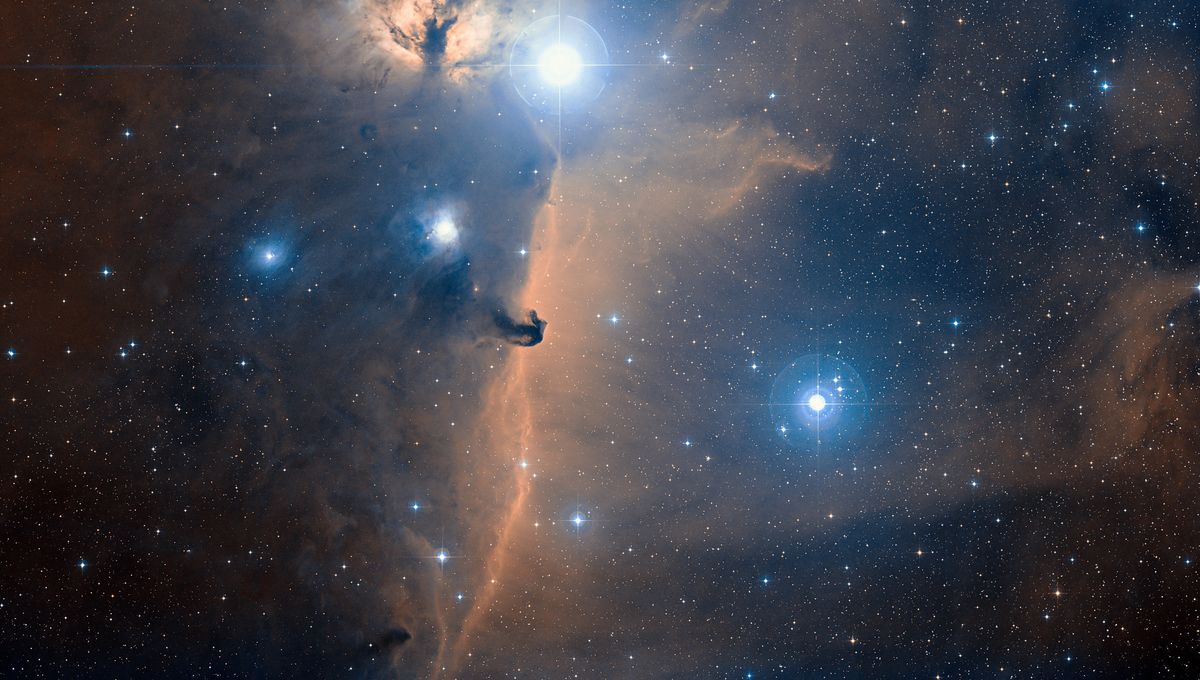
The European Space Agency’s Euclid mission unveiled beautiful new images last week together with the publication of its first scientific results. Among the papers yet to be peer-reviewed, there is an intriguing one about so-called “rogue” planets – free-floating worlds that travel the galaxy starless.
The team reports the observations of seven planets in the open cluster Sigma Orionis. This might not be familiar to you but it is next door to the most famous clouds in the galaxy: the Horsehead Nebula. The scope of the paper is to look at just how good Euclid is at seeing what is happening in very young clusters of stars and just how small an object it can pick up.
The free-floating planets in question have masses between just over 25 times that of Jupiter to just under four times. The latter is close to the theoretical minimum that Euclid can reach for these kinds of objects up to a distance of 1,300 light-years.
There is not a single theory for the formation of free-floating planets. They could form around stars and then be kicked into interstellar space due to instability from within or from outside the star system. And it looks like they might also form away from stars.
This comes down to the initial mass function (IMF), an empirical formula that tells astronomers the distribution of stars of different masses in a stellar nursery. This extends to objects that are not quite stars like brown dwarfs. But there is a clear cut-off and this function might extend all the way to objects with planetary mass.
Something similar was seen last year by JWST in the Orion Nebula. Researchers discovered JuMBOs, Jupiter Mass Binary Objects. These are pairs of free-floating planets. If they had been kicked out of a star system, they would not form a pair, so they are likely to have formed away from stars. However, their small mass challenged current ideas about the IMF.
“This study demonstrates the great potential of Euclid to tackle the study of the substellar IMF in nearby star-forming regions and very young open clusters,” the authors wrote in the paper.
Euclid is designed to hunt for the invisible but crucial components of the universe: dark matter and dark energy. It does so thanks to its ability to measure the shape of galaxies with high precision as well as take wide-field views of galaxies. The telescope looks for small variations that astronomers could use to reconstruct the distribution of dark matter. This precision is extremely useful in finding rogue planets too.
These objects are small and relatively cool so to find them it is necessary to use infrared light, a job that Euclid is up for. In a single day, this observatory was capable of observing 5 million objects in infrared.
A paper discussing the work is available on the paper repository arXiv.
Source Link: New Starless Free-Floating Planets Found By Dark Universe Observers